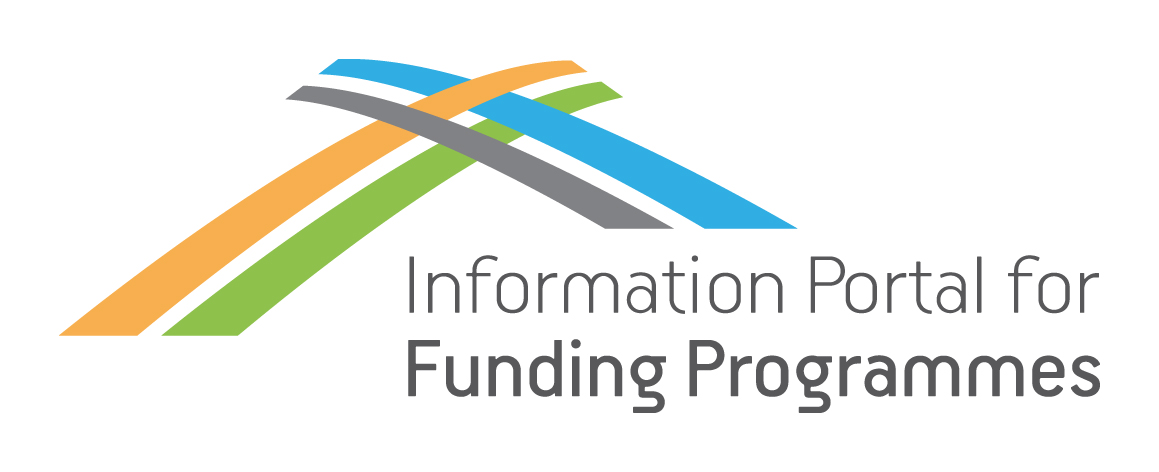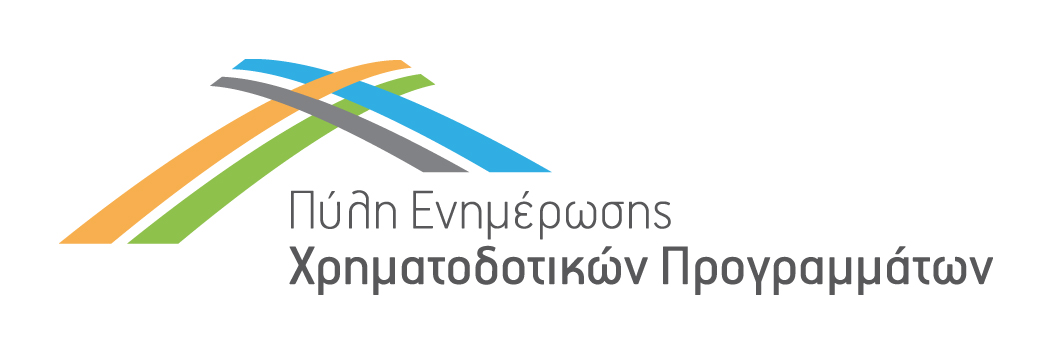Programme Category
Programme Name
Programme Description
The European Defence Fund (EDF) is the Commission’s initiative to support collaborative defence research and development, and to foster an innovative and competitive defence industrial base.
Identifier Code
Call
Summary
The objective is to explore the possibilities the chiplet technology in combination with heterogeneous packaging can add to systems used for defence applications. Combining e.g., chiplets made in different technologies (GaN, GaAs, Si etc) and with analogue, mixed analogue/digital and digital functions may lead to new capabilities in processing power and still achieve a reasonable cost level and power consumption. New and/or improved devices can be made by exploring chiplet technology in various fields of defence applications such as, but not limited to: radar systems, Electronic Warfare systems, communication systems, munition applications, signal processing applications.
This call topic contributes to the STEP objectives, as defined in STEP Regulation, in the target investment area of deep and digital technologies.
Detailed Call Description
A new paradigm is proposed by the development of the so-called “chiplet” approach, where a chiplet is an integrated circuit block that has been specifically designed to work with other chiplets to form more complex integrated systems. This approach can be used for System in Package (SiP) (heterogeneous integration) in which the System is subdivided into functional circuit blocks. Chiplets offer a new opportunity for defence electronics, overcoming the limitations of generic components like FPGAs (offering a single solution with limited performances) and ASICs (offering high performances but with high development costs due to the specific development). Chiplet architecture offers an interesting opportunity to reduce the development costs thanks to the reuse of existing blocks and to decrease the manufacturing cost thanks to higher yield compared to large monolithic dies. It may also benefit from use of off-the-shelf chiplets to limit development costs and reinforce the resilience of the supply chain. In addition, chiplets-based architectures are scalable: the addition or removal of chiplets enables the performance and/or functionality adjustment of the SiP.
Chiplet technology in combination with heterogeneous packaging has been widely used in increasing performance of commercial CPUs. The chiplet technology combined with heterogeneous packaging offers the possibility to integrate chiplets processed in different technologies into the same package, thus offering the possibility to develop very compact and innovative System in Package.
This topic aims to explore the development and sharing of a common hardware library of chiplets and their military applications. This require a thorough analysis of possible architectures, and the design of minimum one military application. The proposed architectures should use EU-based technologies where available. Taking in account the existing EU manufacturing facilities and the civil programs such as Chips JU, proposed architecture should address:
- The non-dependence for defence systems to integrate this solution.
- The cost efficiency of the solution for low volume quantities (including NRE).
Particular attention should be placed on the power consumption, as this is an important issue for several applications.
The scalability of the architecture, in other words the possibility to adjust the SiP performances and/or functionalities through the addition or removal of chiplets in the design, should be presented and analysed.
In addition, proposals may address the integration of security features (cybersecurity) in the architecture, especially for protecting the resulting SiP.
Call Total Budget
Financing percentage by EU or other bodies / Level of Subsidy or Loan
100%
Thematic Categories
- Justice - Security
- Other Thematic Category
- Public Administration
- Research, Technological Development and Innovation
Eligibility for Participation
- Other Beneficiaries
- Researchers/Research Centers/Institutions
Eligibility For Participation Notes
In order to be eligible, all applicants (beneficiaries and affiliated entities) must cumulatively:
- be legal entities (public or private bodies)
- be established in one of the eligible countries, i.e.:
- EU Member States (including overseas countries and territories (OCTs)
- non-EU countries:
- listed EEA countries (‘EDF associated countries’; list of participating countries)
- have their executive management structure established in eligible countries
- not be subject to control by a non-associated third country or non-associated third-country entity (unless they can provide guarantees – see Annex 2 – approved by the Member State or EDF associated country where they are established).
Consortium composition – For all topics under this call, proposals must be submitted by: minimum 3 independent applicants (beneficiaries; not affiliated entities) from 3 different eligible countries.
Call Opening Date
Call Closing Date
National Contact Point(s)
Ministry of Defense
Address: 172-174 Strovolos Avenue, 2048 Strovolos, Nicosia
Telephone: 22 807500
Email: defence@mod.gov.cy
Website: https://mod.gov.cy/
Department of Research and Innovation
Telephones: 22 807755, 22 807754
Email: research.innovation@mod.gov.cy
EU Contact Point
For help related to this call, please contact: DEFIS-EDF-PROPOSALS@ec.europa.eu




